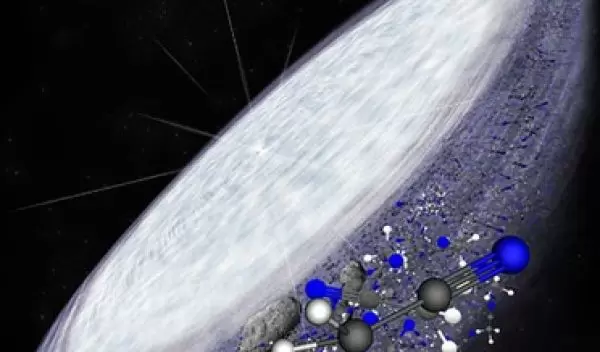
Cyanide gas and the chemistry of evolving life
Billions of years ago, cyanide, a fast-acting poison known for its ability to extinguish life, may have caused the chemical reactions that enabled life as we know it.
U.S. National Science Foundation chemists at Scripps Research published results in Nature Chemistry that outline a theory on the primary role cyanide gas could have played in some of the earliest metabolic reactions that created carbon-based compounds. The result is another possible route of evolution, shedding light on the chemistry of life itself and with implications for the search for life on Earth and beyond.
"When we look for signs of life -- on the early Earth or on other planets -- we base the search on the biochemistry we know exists in life today,” said Ramanarayanan Krishnamurthy, lead author of the paper. “The fact that these same metabolic reactions can be driven by cyanide shows that life can be very different.”
As early Earth evolved, some metals might have fomented the same reactions as proteins that currently exist, but only under extremely acidic and hot conditions likely not present on the young planet.
The research team considered the presence of cyanide among the gases in the atmosphere as Earth formed and postulated that cyanide reactions might have resulted in organic molecules from carbon dioxide. Testing the theory in a lab environment, the team successfully replicated the cyanide-based cycle at room temperature in conditions like early Earth.
"It was scary how simple it was," said Krishnamurthy. "We really didn't have to do anything special, we mixed together these molecules, waited and the reaction happened spontaneously." The discovery of a new set of reactions raises the possibility that unexpected conditions might be compatible with life.
"It frees us up from saying there must be these metals and these extreme conditions,” said Krishnamurthy. “There could be life that evolves from this cyanide-based chemistry."


